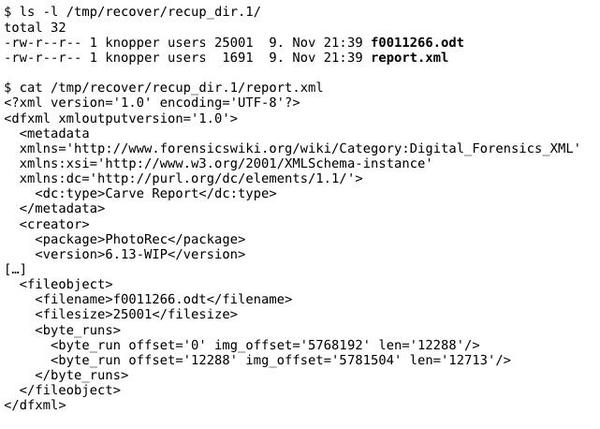

The system establishes a link to the file when we create it. Let's quickly review the Linux filesystem's operation before moving to where the files are stored. For example,įor macOS X 10.10 - macOS 13 Where Do Files Go When Running the RM Command You can use several options with the rm command to modify its behavior. Removing directories: If you want to remove one or more than one directory, you have to use " -d". Rm filename1 filename2 filename3 filename 4 You can specify multiple files to be deleted by separating them with a space.ĭeleting single file: If you want to delete a single file, you have to use the “rm” command followed by the file's name as an argument.ĭeleting multiple files: You just need to pass the filenames as arguments separated by space if you want to delete multiple files. Here, " file" is the name of the file that you want to delete. The basic syntax for using the rm command is: By separating the names of the files with a space, you can also remove multiple files at once. The path to the file must be specified if it is in a separate directory. You can delete a file using the rm command by typing the command and the file's name in the Terminal.

It would be best if you opened a Terminal on your Linux system to use the rm command. As a result, it's essential to use caution when using it to prevent unintentionally destroying important files. Note: The rm command deletes files without asking for approval.


 0 kommentar(er)
0 kommentar(er)
